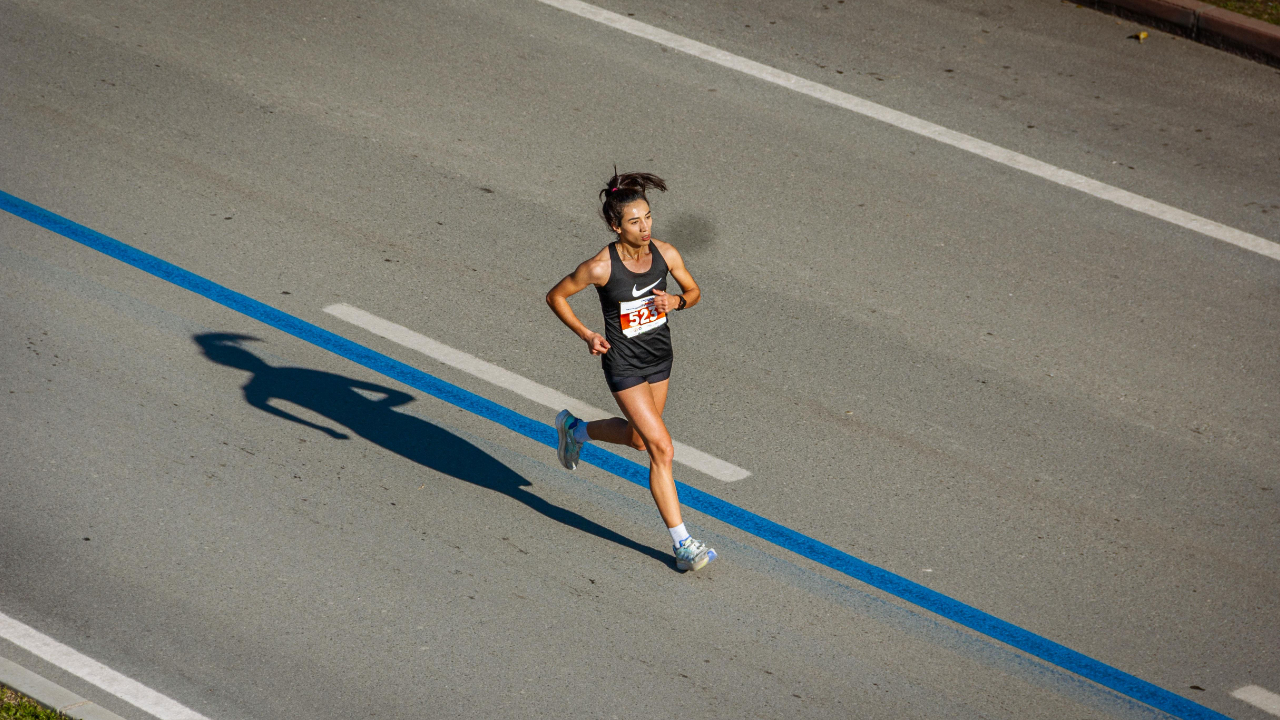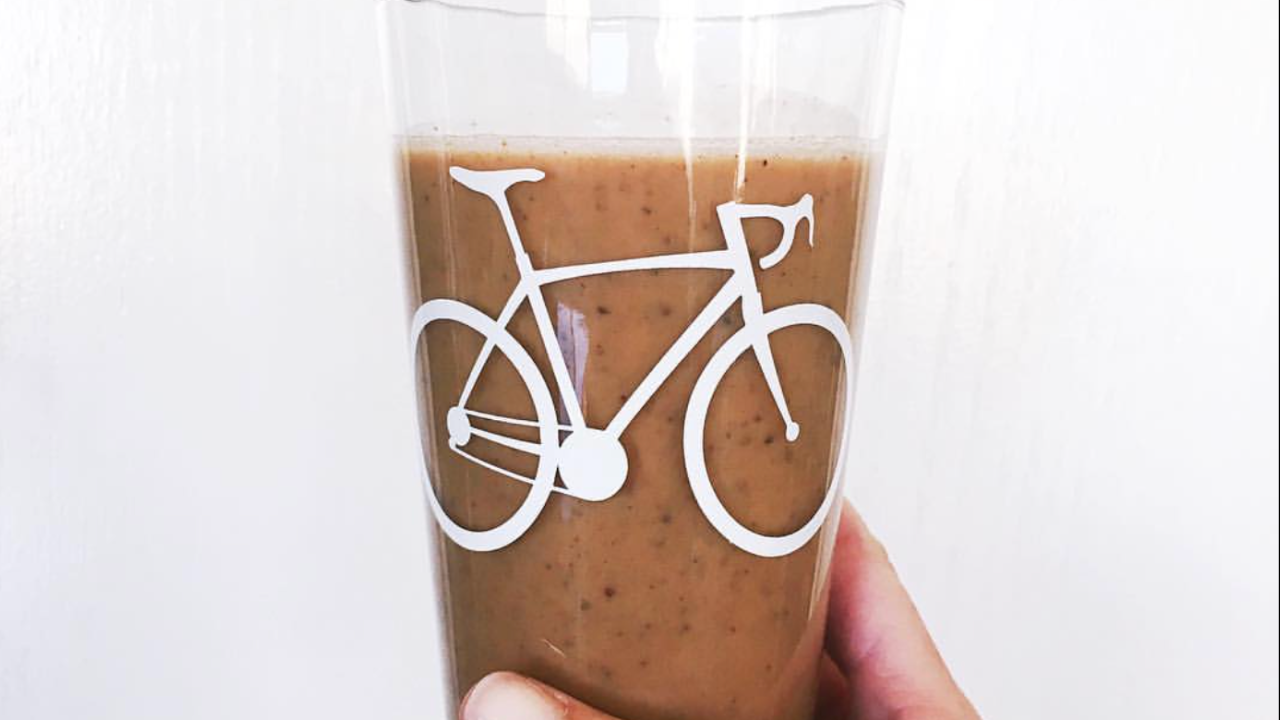Fueling for the Marathon: Your Key to Peak Performance
Nov 24, 2025
Training for a marathon isn’t just about logging miles. It also depends on fueling your body in a way that supports your performance. A thoughtful nutrition plan can make the difference between hitting the wall and finishing strong.
Fueling During Training
Your nutrition starts long before race day. It’s important to eat enough during training to match your workload and support recovery. It’s a good idea to practice your race-day fueling during training runs. Using carbohydrate drinks and gels at your goal pace helps your stomach adapt to what you plan to use on race day. Practicing this several times builds confidence and consistency for the race.
The Power of Carb Loading
Carb loading is a commonly recommended strategy that helps maximize glycogen stores, which are your muscles’ primary fuel source during long runs. It’s typically advised to begin carb loading three days before your race. For example, you can begin on Thursday if your marathon is on Sunday.
It’s generally advised to consume 8 - 12 grams of carbohydrates per kilogram of body weight per day.
For instance, A 140-pound (63.6 kg) runner is encouraged to take in roughly 510 - 765 grams of carbs per day.
Reducing fiber during these days is often recommended because it can improve carb absorption and reduce the risk of stomach issues. Continuing to eat protein and fat in slightly smaller amounts can help you meet your carb goals more easily.
Great carb-loading foods include white rice, pasta, bread, bagels, pretzels, and fruit juice.
It is often more effective to spread your carb intake throughout the day instead of eating most of it at once.
Hydration and Electrolytes
Hydration plays a major role in endurance performance.
In the few days leading up to the race, it’s generally encouraged to take in 1.2 - 1.5 ounces of fluid per kilogram of body weight daily, which equals about 76 - 96 ounces for a 140-pound runner.
It’s also advised to increase sodium intake by 500 - 2000 mg more than usual the day before the race to support hydration and reduce the risk of cramps.
If you tend to sweat heavily or if the race will take place in hot, humid conditions, using the higher end of this range is often wise.
Helpful ways to increase sodium include using electrolyte drinks, eating salty snacks, and adding salt to your meals.
Caffeine for a Performance Boost
Caffeine can sharpen focus and make running feel easier for many athletes.
For a 140-pound runner, it’s typically suggested to take 3 - 6 mg per kilogram of body weight, or about 190 - 380 mg, approximately 60 minutes before the race.
Coffee, tea, caffeinated gels, and sports drinks can all provide this amount. Caffeine remains active in the body for several hours; however, if you plan to use it mid-race, it’s best to take it 45–60 minutes before you want the peak effect and to test this during training.
Race Morning Routine
It’s a good idea to wake up 3 - 4 hours before the start so you have time to eat breakfast, hydrate, and get settled without rushing.
Breakfast typically calls for 1 - 3 grams of carbohydrates per kilogram of body weight, eaten 2½ - 4 hours before the race.
A simple example of a pre-race meal includes a bagel with peanut butter and honey, a banana, and 12 - 20 ounces of an electrolyte drink.
Taking in 300 - 1000 mg of sodium during this time is also encouraged.
If you feel hungry closer to the start, a small snack such as a granola bar, pretzels, or a carbohydrate drink is usually easy to tolerate.
To avoid over-hydrating, limiting your fluids to about 10 ounces in the final hour before the race is often helpful.
Taking a gel or a few sips of a carb drink 15–30 minutes before the start can help top off your glycogen stores.
Fueling and Hydrating During the Race
Once the race begins, the goal is to keep your energy and hydration steady.
Fluids: It’s generally advised to take in 13 - 27 ounces per hour, depending on sweat rate and weather conditions. Alternating between water and an electrolyte drink works well for many runners.
Sodium: It’s often recommended to aim for 300 - 1000 mg per hour. Sodium-containing gels or salt tablets can help you meet this goal.
Carbohydrates: It’s commonly suggested to consume 30 - 90 grams of carbohydrates per hour, ideally taken every 15–30 minutes.
Faster runners often use the higher end of the range. If you notice your energy fading in the later miles and your stomach feels comfortable, increasing your carb intake can provide a helpful boost.
Carrying your own gels is a reliable strategy, especially at crowded or unpredictable aid stations.
Post-Race Recovery
Recovery begins as soon as you cross the finish line.
Within 30 minutes, it’s a good idea to have a snack from the finish line chute that provides both carbohydrates and protein. Chocolate milk is a classic option because it offers fluids, carbs, and protein in one serving.
Within two hours, it’s encouraged to eat a balanced meal containing carbohydrates, protein, healthy fats, and colorful fruits and vegetables.
A great example of a recovery meal is a burrito bowl with rice, chicken, veggies, cheese, salsa, and guacamole.
Final Thoughts
Running a marathon requires dedication, smart training, and a fueling strategy that works well for you. By practicing your nutrition plan, you put yourself in the best position to finish strong, confident, and proud.
If you want a more individualized race-day fueling plan, reach out to the eNRG Performance Sports Dietitian Team.
PS - Did you know that I am an elite marathoner? And, as a Sports Dietitian, I help endurance athletes elevate their health and performance through the eNRG Performance Optimal Performance Nutrition Program?
That’s right! I would love to work with you to help you achieve your goals so REACH OUT TO ME now!
SUBSCRIBE AND WE WILL DROP SOME HEALTHY INSPIRATION IN YOUR INBOX
We hate SPAM. We will never sell your information, for any reason.






